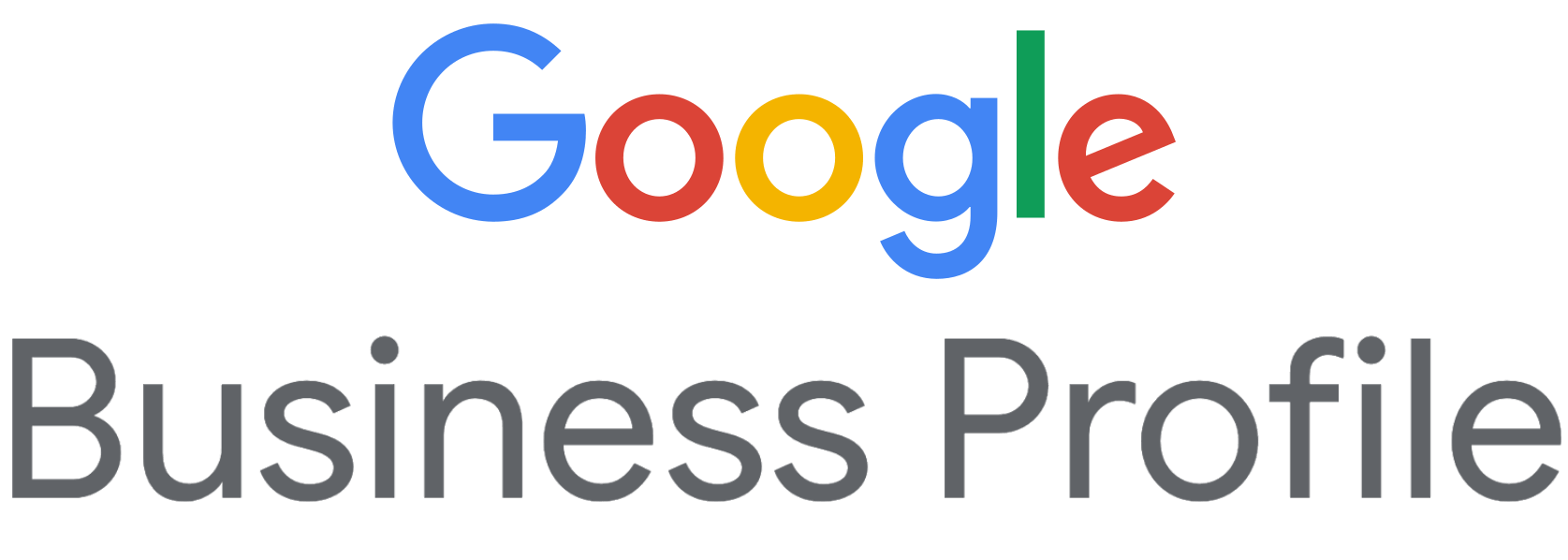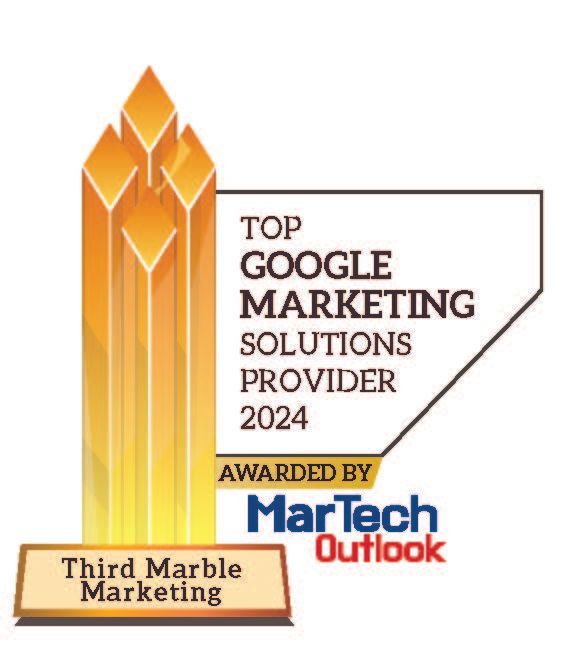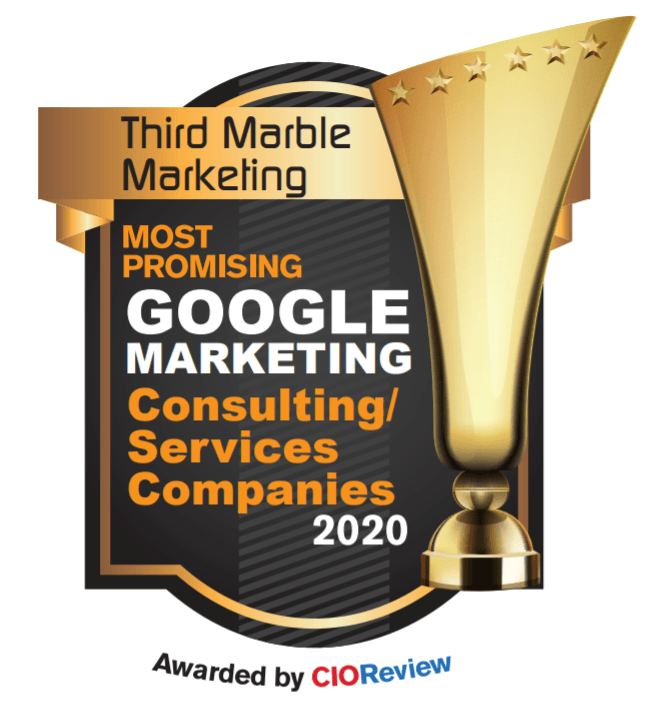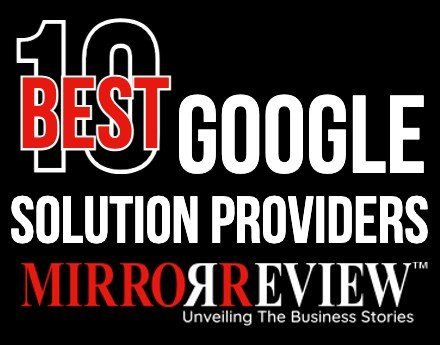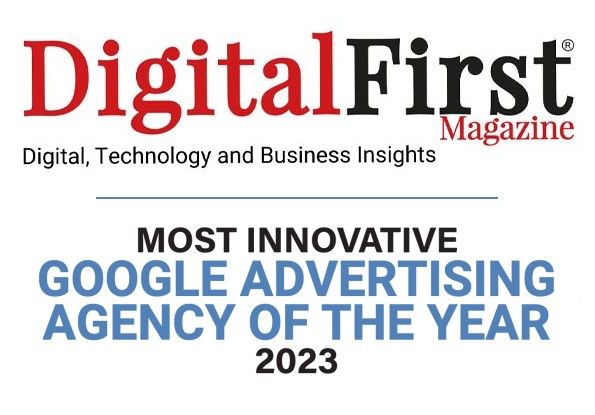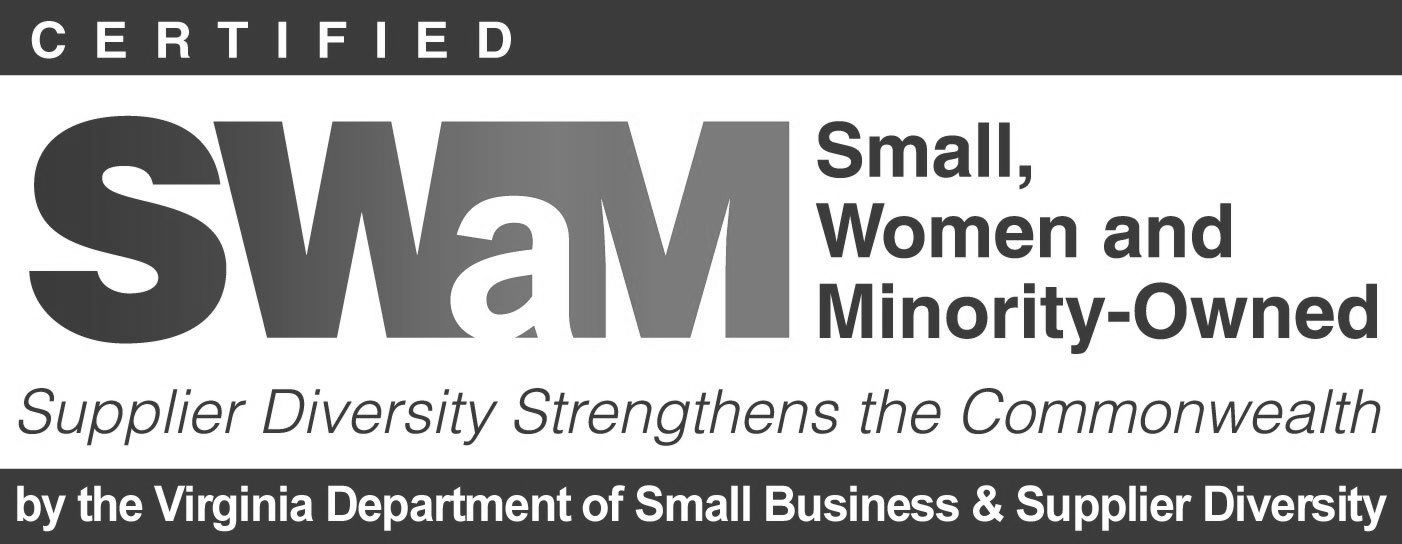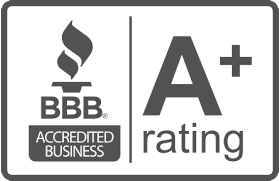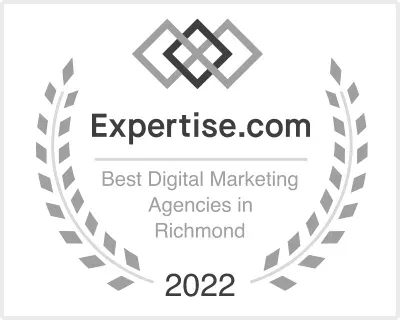Website Check Up For Conversions

HOW TO GIVE YOUR WEBSITE A CHECKUP
Boost Your Digital Marketing Return On Investment … A Healthy Website Drives Conversions of Visitors to Customers
(First of Two Articles)
Primary Website Objective: Drive Traffic & Accelerate Conversions
There are two primary resources for you to seek out to succeed in your internet marketing … your website design agency plus online marketing expertise.
Note: Your most profitable next step is to partner with both to successfully tackle these challenges.
Your website designer will ensure you become and remain a superior player when it comes to satisfying your website visitors’ needs for:
- Trust … that your website protects customers from becoming a victim to scammers
- Speed … in accessing your website content
- Ease … to do business with you.
- Convert … your website visitors with a compelling call-to-actions
Our job at Third Marble Marketing is to deliver proven, successful strategies to:
- Maximize … the effectiveness of your Google Ads
- Improve … your SEO results
- Feature … you on Page One of Google searches and drive pre-qualified traffic to your website!
So, in this article we’ll take a look at the four categories of website content for you and your website design agency to examine and rebuild as necessary to drive escalated visitor conversions.
Next issue, we’ll round out the complementary value that SEO expertise delivers in concert with your website design agency talent.
Your Website … Fulfilling Visitors Expectations
Trust … That Your Website is Legitimate with Built-in Security Safeguards
Your straightforward answer to satisfy this consumer concern is to purchase an SSL certificate through a Certification Authority (CA). SSL is short for Secure Sockets Layer and used when website visitors are required to submit personal or credit card information. SSL certificates create trust with users by verifying that websites used to track finances and make online purchases are secure and legitimate.
Your website runs the risk of being labeled as ‘Not Secure’ if it does not have an SSL certificate. Which could deter potential buyers of your product or service to seek out your competitors.
An SSL certificate will also affect your rankings and ad placement with Google. In an effort to ensure searchers have access to safe and secure websites, Google has started using SSL certificates as a ranking signal. If you’re website is not secure, you will likely be missing out on opportunities to have your website appear for relevant searches on Google.
Your success in e-commerce must be grounded in a foundation of trust . Your website designer should be able find out if anything is missing from your certificate and identify the level of security appropriate for your business.


Speed … Ensure Fast Load Times
How fast your web pages load has an enormous impact on user behavior. For every extra second it takes your website to load, you can expect to lose a large percentage of visitors. That means that loading times greatly affect the search engine rankings. While website speed is only a small part of the Google algorithm, it’s a huge factor to maintain Page One status in searches.
Note: More than half of Google searches take place on a mobile device. Google typically determines your rankings based on the mobile version of your website … not your desktop version. So, mobile web searchers who enjoy superior search engine experience drive enhanced Google recognition of your site.
Your website design agency, together with your online marketing resource, will analyze and take actions to ensure speed optimization and mobile compatibility to imporove your websites conversion rate. For more on this critical issue, click here .
Ease … To Do Business with You
You’re busy … and so are your prospects. So, make it easy for them to do business with you. Remove obstacles or outright roadblocks. Here are some examples to avoid premature exiting by your website visitors.
- Clearly proclaim your Unique Value Proposition(s)
- Present distinctive, plainly understood calls-to-action
- Ensure your web visitors can easily access everything they need to know about your product … and what it does for them .
- Minimize your web visitors’ workload when requesting info and make the checkout hassle free.
Your website design agency is your ‘go-to’ for speed. Click here for more info.
Convert … Your Website Visitors with a Compelling Call-to-action
Create a sense of urgency for your website visitors to convert. Motivate your website traffic to act and take a desired next step that makes them know more about your offerings and feel more comfortable interacting with your company.
Here is a half-dozen ideas. Your website design agency will work with you to tailor specific calls-to-actions that are in synch with your offerings and appeal to your preferred customer profiles.
- No-questions asked refund policy on all purchases.
- Action language to spur visitors to respond … “reserve your seat”; “call for your free estimate”
- Dedicated landing pages for pay-per-click ads … not your home page.
- Cross-sell related products.
- Test variations of your CTA purchase button … placement, color, size and content .
- Alternative payment options that appeal to customers’ preferences.
- Bonus discounts at checkout … free shipping or percentage savings on next purchase.

Takeaways
Now your choices are do-it-yourself or invest in a third-party, professional website design agency and a SEO service for assistance. It is likely that you are already wearing several hats as a business owner and ladling in yet another marketing responsibility is probably not an option.
Why not rely on both an online/digital marketing resource plus your web designer to successfully tackle these jobs? Schedule a call with one of our digital marketing experts to discuss how we can get your business on Page One of Google.
We Hope This Helps!
The post Website Check Up For Conversions appeared first on Third Marble Marketing.






